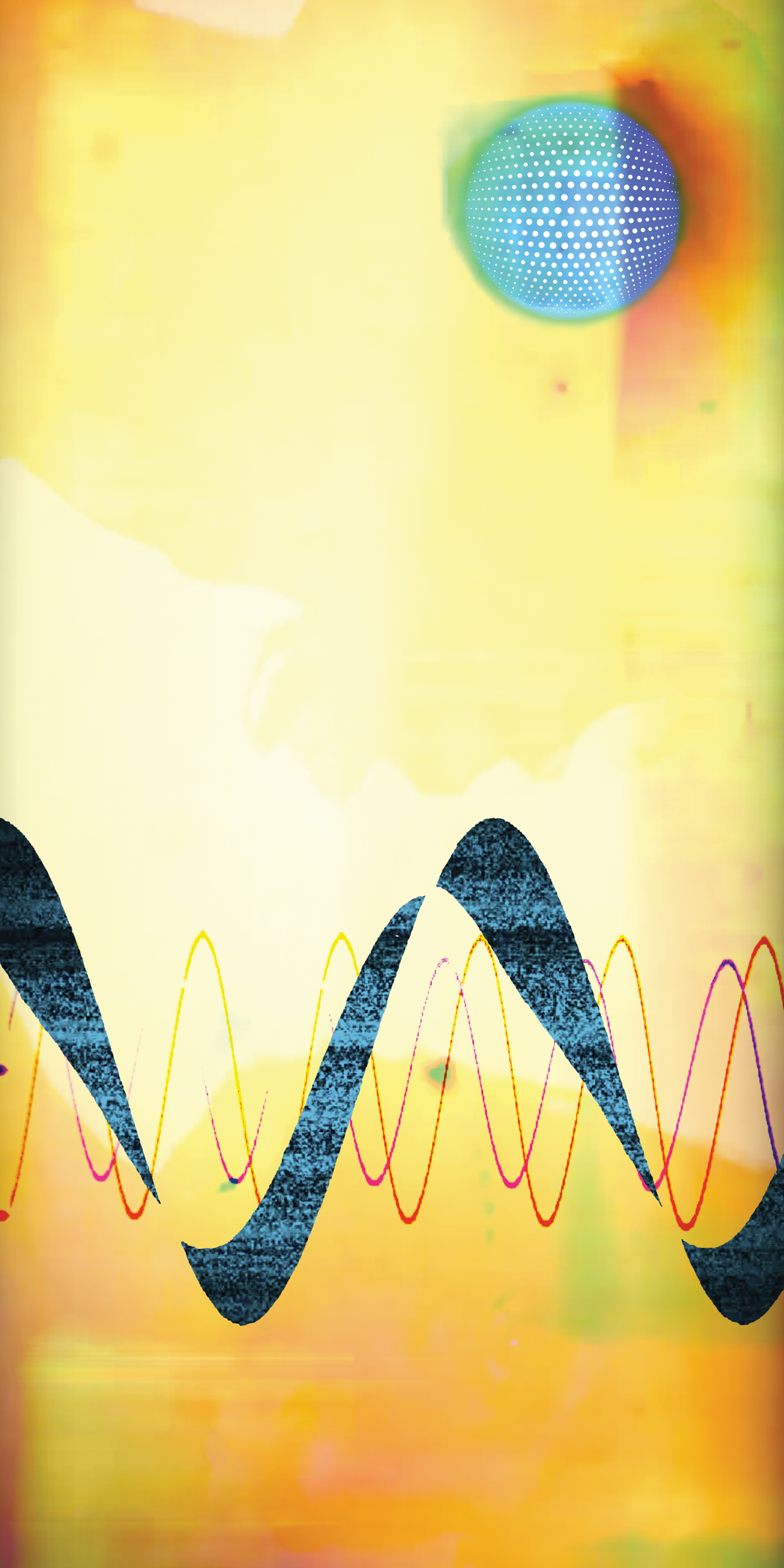I believe we’ve all been overlooking Hazelrigg Industries for quite some time as a purveyor of excellent audio equipment. I recently had the opportunity to demo the Hazelrigg Industries VNE compressor, and having favorably reviewed the Hazelrigg VDI [Tape Op #138] in the past, I jumped at the chance to try out their compressor. The VNE is a hand-built, single-channel, Class A vacuum tube compressor with standard compression controls, plus a sidechain high-pass filter that reduces sensitivity to low frequencies in the detection circuit. The topology of the VNE’s gain reduction circuit is borrowed (with consent!) from Doug Fearn’s [#37] VT-7 [#58] stereo compressor. Before my evaluation, I was fortunate enough to have a brief video chat with the team at Hazelrigg Industries, about half a dozen people in total running the company and building the gear. The founders of the company, George and Geoff Hazelrigg, are builders of high-end audio tools and established songwriters and producers. As we discussed the design of the VNE compressor, I appreciated how much precedence the musicality of the compressor design took over having additional technical features. You can’t have something with a million switches and knobs that doesn’t sound good, or only sounds good on one source.
Once the VNE arrived at my doorstep, I did what I always do, I tossed the manual in the trash and began using it. My maiden voyage with the compressor was tracking acoustic guitars with an incredibly talented friend and co-writer of mine, Chase Thompson. I threw up my trusty U 67-style mic that I know and love. We ran three passes: one fingerpicked verse section, then a doubled pass of the big strummy chorus section. For the strummed choruses, I set the attack to medium/slow (about two o’clock), with the release set pretty fast at around eight or nine o’clock, with a good amount of gain reduction and no sidechain. I wanted the acoustics to be big and open while also digging into the strings with my performance on my Guild D-55 acoustic, resulting in an exciting feel when the chorus hit without the guitars jumping out at you. The result was stunning. Even while wearing headphones, I could feel that digging into the strings would push into the compressor and thicken the sound while adding this stunning harmonic content. It was reminiscent of plugging into my favorite tube amp set to the edge of breakup – when I wanted it to be a little nasty, I dug harder into the strings.
When we moved to the fingerpicking tracks, I sped up the attack time slightly to about 12 o’clock. I wanted to hear it grab more of the initial transients of my fingers on the strings. It didn’t need much – maybe three or four of the ten red meter lights were flickering at any given time. Once we finished the skeleton of the song, I had a slide guitar part in my head I wanted to get down as a placeholder idea. I quickly plugged in my ‘66 Fender Showman guitar amplifier, threw up my favorite ribbon mic about four inches back (dead center on the speaker’s dust cap), into a Neve 1073-style preamp, and then the VNE flat – no EQ. I found the sidechain very helpful when dialing in electric guitar tones – I liked the loose natural low end the ribbon mic was capturing from the amp, but I wanted to squash it pretty good to make it sit still. So, I went back to a medium/slow attack and a fast release with maybe 3 to 5 dB of gain reduction. The resulting sound gave me Universal Audio LA-3A-esque vibes, which I was thrilled about since LA-3As are my all-time favorite electric guitar compressors.
What I love about this compressor – whether you are hitting the compressor hard or only using a few dB of gain reduction – is that it doesn’t shrink the “bigness” of the uncompressed source audio. With many compressors, you have to really move that gain reduction needle to get the color to shine through. But then you might feel backed into a corner at mix because it feels small in size sitting up against other more dynamic sources. I don’t feel that the VNE does that to any source I’ve used it on.
In the mix phase, I started placing the VNE on various sources to hear how it would react. Frankly, I didn’t find a single track that I didn’t like using it on! The VNE sounds excellent on kick, snare, and toms (sometimes with the high-pass filter engaged), doing just a couple dBs of reduction. I enjoyed driving the VNE hard on Bass DI to get a little grit and slowing down the release slightly to lock the low end in place during mix. It was hard to make vocals sound bad with the VNE inserted on my lead vocal bus. I preferred a slower attack time with a faster release with no sidechain. It adds a nice harmonic texture to vocals without feeling cloudy or overly distorted.
As I prepared to write this review, the word that kept echoing in my head was “centerpiece.” Whether you have a project studio needing a single compressor that could do anything under the sun or a high-end studio looking for something a little different than the “usual suspect” compressor choices, this would be it. The VNE isn’t cheap, but this compressor (and all Hazelrigg Industries products) was made by very talented human beings with hand-selected parts. In the spirit of “buy the right tool for the job the first time,” the Hazelrigg VNE is built to last, and if I haven’t mentioned it already, it sounds incredible. I would put this compressor in the workhorse category. The VNE’s sound and craftsmanship are special; I can’t recommend enough that you try one out for yourself.




_disp_horizontal_bw.jpg)